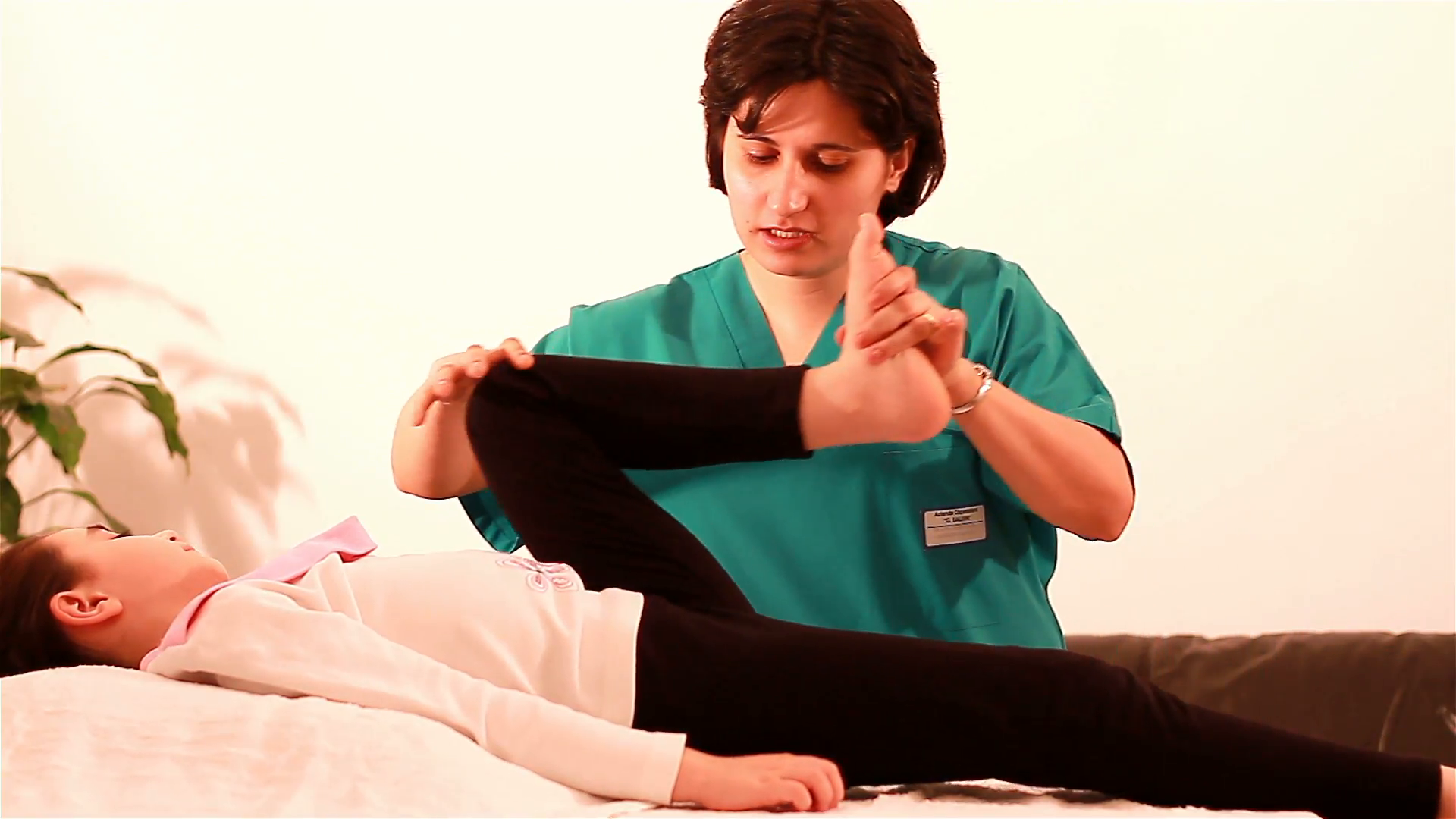Components of a physiotherapy session include manual therapy, advising and educating the patient. Physiotherapy can help a patient of any age to manage further pain and prevent subsequent injuries or diseases. In a nutshell, physiotherapy helps a patient improve and maximize his/her physical strength, functioning and general well-being while taking care of the underlying issues.
A physiotherapist may employ a variety of techniques, determined by the nature of the injury sustained and the particular problem that is being treated. The commonest of them are:
Manual manipulation: Moving the soft tissues and the joints betters circulation, flushes excess fluids from the body and relaxes overtly tight muscles and spasms.
Electrical stimulation of the nerves: Delivering electric currents in controlled intensity to the affected part helps to contain the pain signals, thus preventing them from reaching the brain.
Acupuncture: This is a great way of stimulating the CNS while dulling the pain and relaxing tight muscles.
Demonstration: Teaching and demonstrating proper movement patterns to the patient help them to recuperate on their own.
Functional testing: This involves examining the patient with regards to their physical movements to better assess his/her condition.
Who is eligible for the treatment? (When is the treatment done?)
Few conditions that can benefit from physical therapy are:
Cardio-pulmonary conditions such as COPD, myocardial infarction and cystic fibrosis
Hand therapy in conditions such as trigger finger and CTS (Carpal tunnel syndrome)
Tears in the rotator cuff, lower or upper back pain and TMJ (Temporomandibular Joint Disorders)
Injuries to the spinal cord, stroke, multiple sclerosis, Parkinson’s disease, trauma to the brain and vestibular dysfunction
Cerebral Palsy and other developmental disorders in children
Tennis elbow and other injuries related to sports
Urinary incontinence



